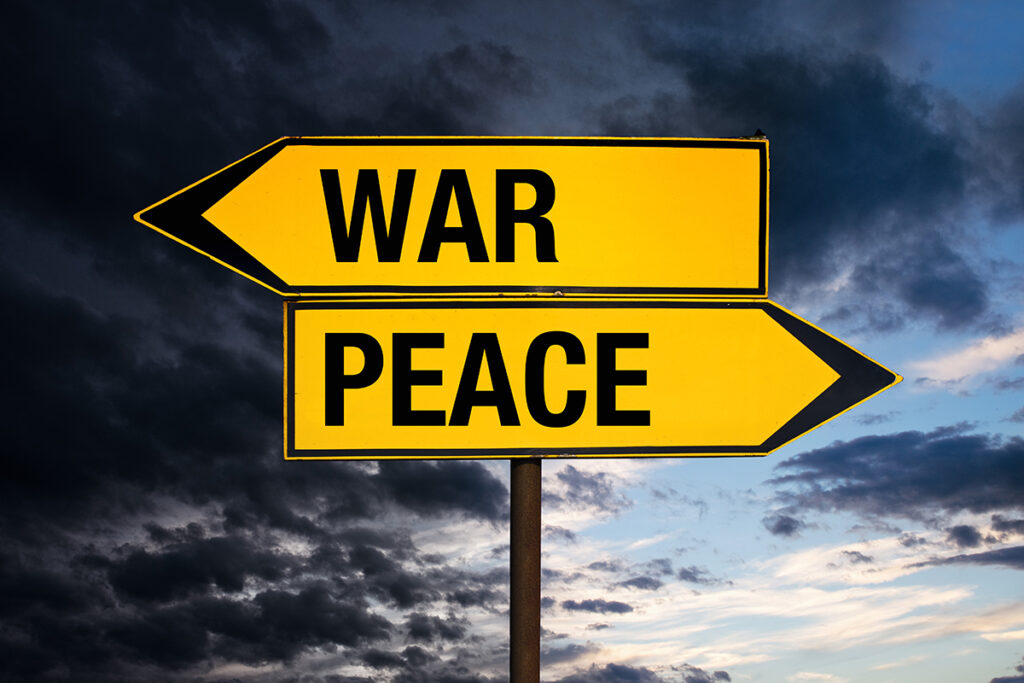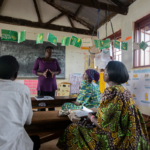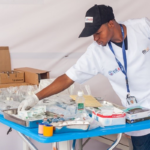Introduction
Through a practicum course at American University’s School of International Service, colleagues and I partnered with Alliance for Peacebuilding (the client), who tasked us with exploring measurement challenges, filling data gaps, and assessing data changes pertaining to SDG 16 2030 targets. While doing so, we noticed issues with data universality, availability, and relevance in specific SDG 16 indicators used to measure the set targets for 2030. These issues call into question whether the available data accurately reflects the progress, or lack thereof, toward meeting SDG 16 2030 targets.
In this post, I describe our research, discuss the issues we encountered, and share recommendations to improve the measurement of SDG 16 indicators. The full report is available here.
Background and Research
Our research was guided by the most recent SDG 16 audit by the Institute for Economics and Peace (IEP), which was published in 2019. Using the same sources available in the IEP audit along with the original U.N. SDG assessment, we acquired data for five indicators covering 12 countries for the years 2019-2022.
The indicators and countries were selected based on the Fund for Peace Fragile State Index following an iterative process with the client. Our selection of the countries reflected varying degrees of fragility and geographic representation while the indicators were selected based on their proximity to fragility and the overarching goal of SDG 16. Furthermore, to help structure our research, we grouped countries into one of four categories.
Selected Countries
- Incipient conflict (France, United Kingdom, United States),
- Fragile (Brazil, Ghana, Indonesia)
- Conflict prone (Colombia, India, Mexico)
- Conflict-affected (Haiti, Libya, and Myanmar)
Selected SDG 16 Indicators
- Intentional homicide (16.1.1)
- Government corruption (citizen) (16.5.1)
- Conflict-related deaths (16.1.2)
- Public access to information (16.10.2)
- National human rights institutions (16.a.1)
We treated intentional homicide and conflict-related deaths as indicators for peace; government corruption (citizen) and public access to information as indicators for justice; and national human rights institutions as an indicator for strong institutions.
Our research captured and interpreted data from 10 different databases and indexes used to track SDG 16 indicators. At the same time, we performed a literature and news review on the selected countries to contextualize and explain our findings.
Moreover, the team interviewed 8 U.N., peacebuilding, and country experts to obtain insights regarding SDG 16.
Findings
Conflict-related Deaths
UCDP gathers information from spokespeople, witnesses, news agencies, undisclosed sources, and so on. These sources are often impacted by conflict, repression, biased self-reporting, or limited capacity to track and report data. For example, although the United States reported no new data from 2019 to 2021, credible sources reported U.S. soldier deaths in Afghanistan during this timeframe. This discrepancy shows variable reporting of data and paints an unclear picture of the actual number of conflict-related deaths for each year analyzed.
The difficulty of reporting on conflict-related deaths in countries experiencing conflict is even more pronounced. For example, in 2021, the record indicates Libya had only 19 conflict-related deaths. However, the severity of the conflict indicates the number is likely higher. But, because of the lack of information from remote areas in the south and southwest as well as media clampdowns that prevent proper reporting, Libya appears to have fewer conflict-related deaths.
National Human Rights Institutions
Some countries are not included when assessing this indicator because the relevant human rights institution is not independent from the government or they have not ratified the Paris Principles, such as Brazil and the United States, respectively.
Consequently, there is a tremendous gap in the overall data and ability to assess this indicator of SDG 16 because the data for the national human rights institutions indicator falls short of accounting for 78 member states of the U.N.
This exclusion prevents rigorous examination of existing human rights institutions in nonadherent countries. Thus, only including independent human rights institutions that follow the Paris Principles limits the meaningfulness of this indicator while measuring progress toward achieving SDG 16.
Discussion
We also learned that without comprehensive and accurate reporting of data, a snapshot of SDG 16 backsliding cannot be comprehensively surmised. We propose the following recommendations for better assessment of global fragility using SDG 16 indicators:
- Address indicator data universality: creating a more comprehensive reporting system for actors on the ground and for disclosing data. This effort would include standardizing methods, measurements, and data aggregations for each indicator.
- Address indicator data availability: building capacity in countries to better collect and report data consistently and accurately. This effort would entail funding broken or non-existent infrastructure and programming, training civil society, and educating populations to identify and report incidents.
- Address indicator relevance: pinpointing indicators that accurately represent SDG 16 and sustainable peace by strengthening practices and promoting a shared understanding of SDG 16 through a humanitarian, development, and peacebuilding lens.
We hope these recommendations will help in providing a clearer picture toward accomplishing SDG 16 2030.




